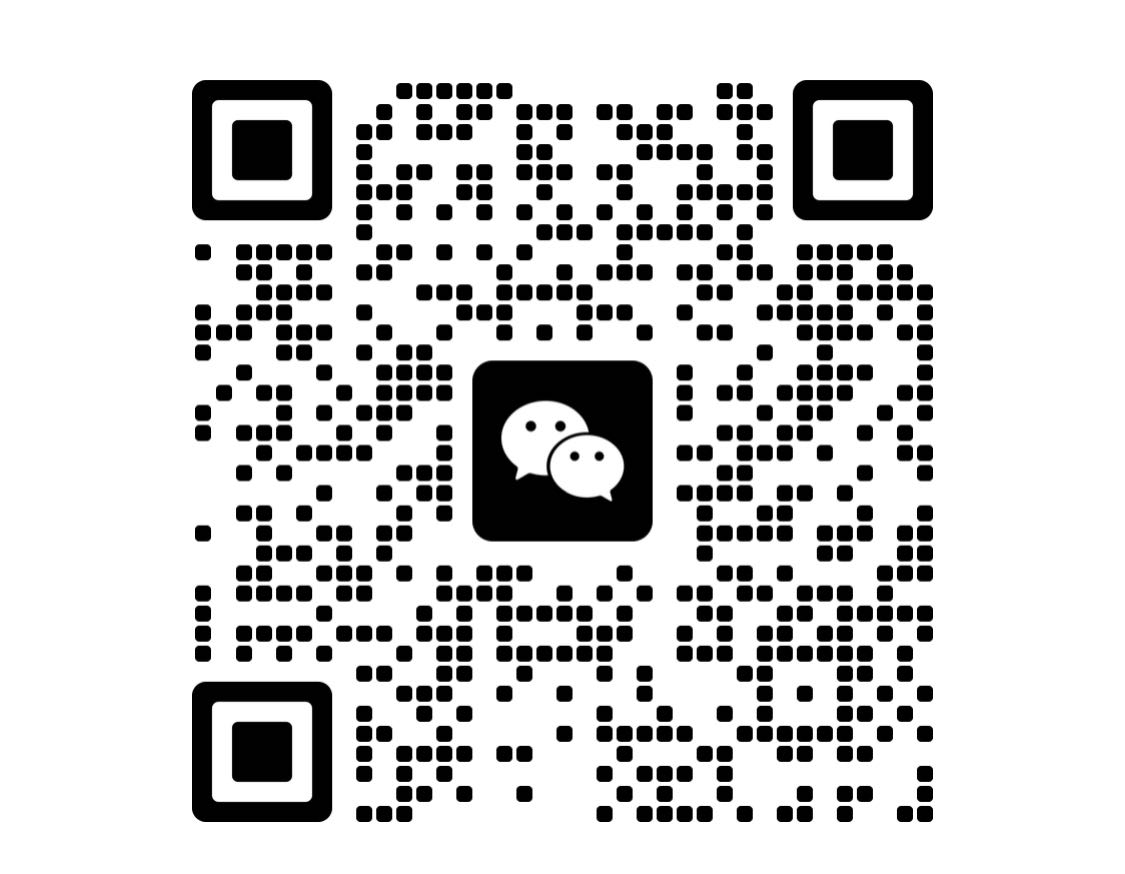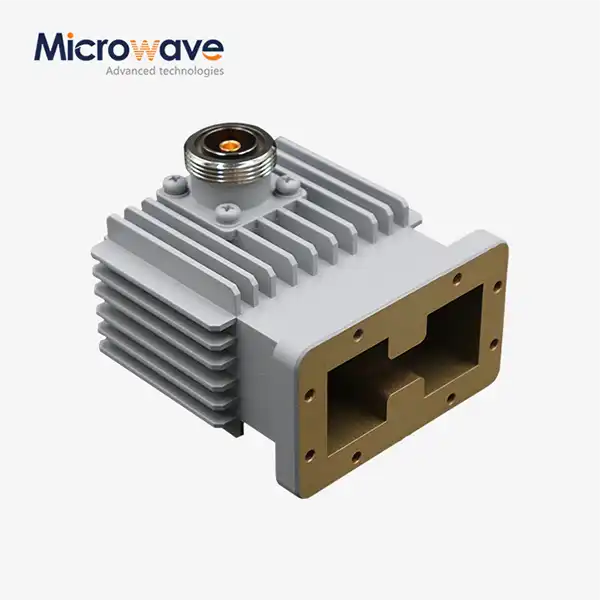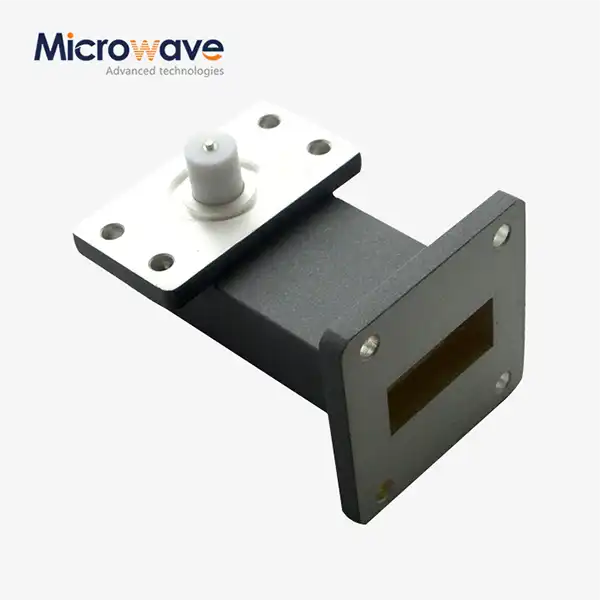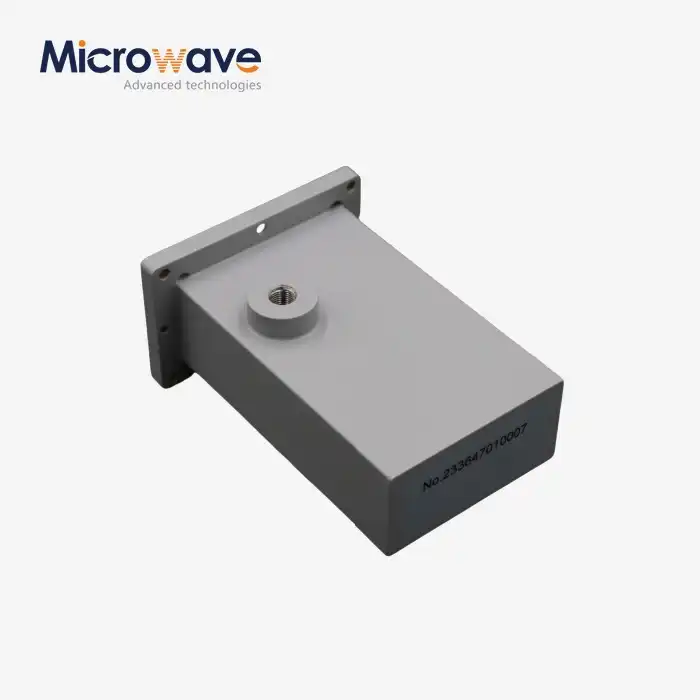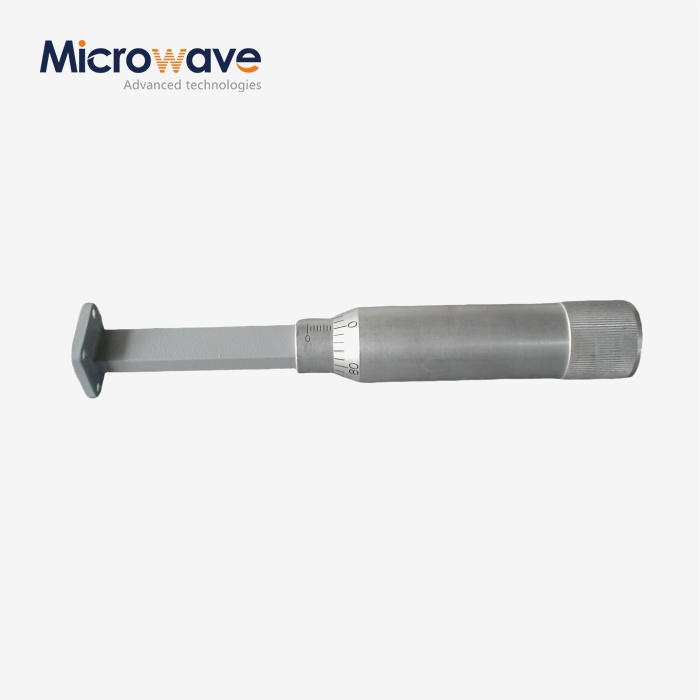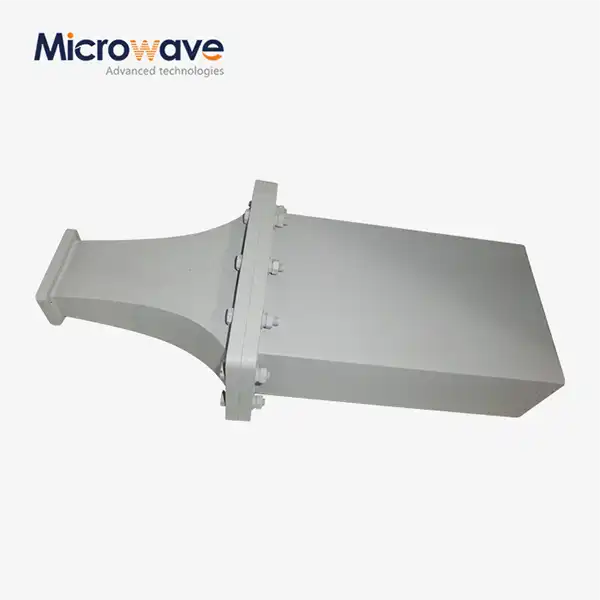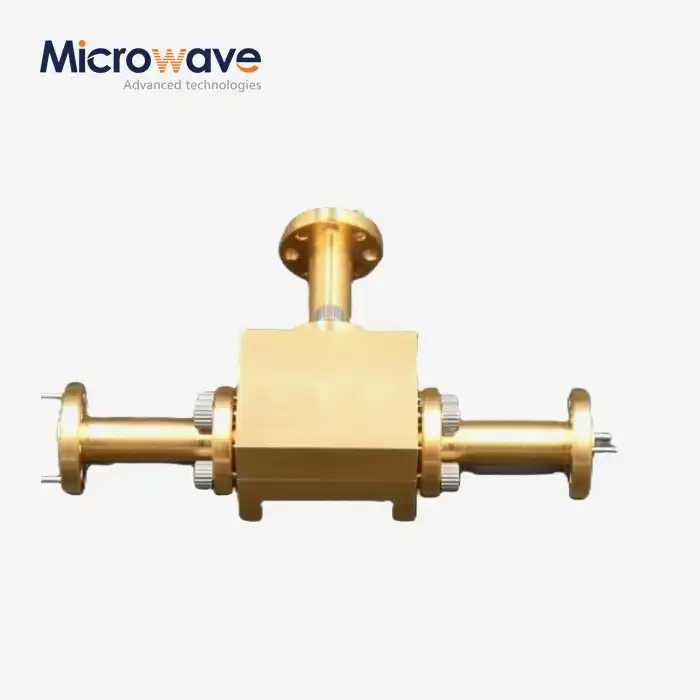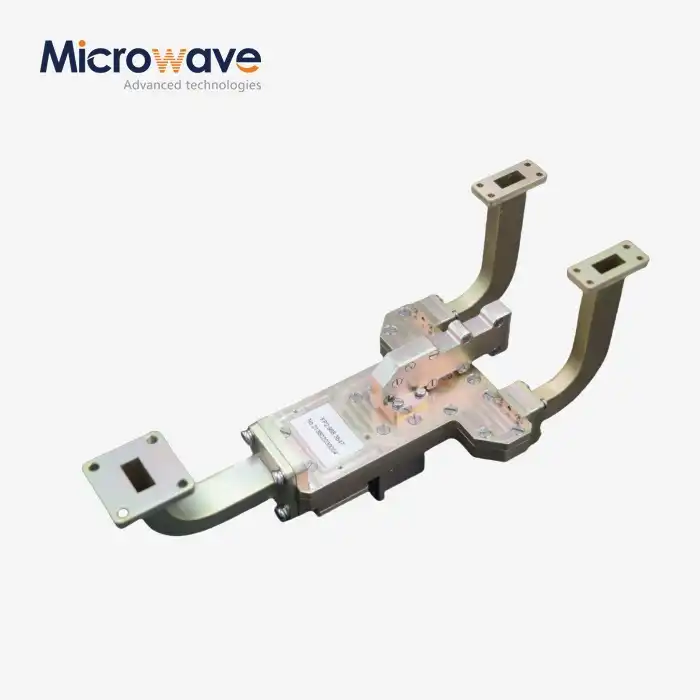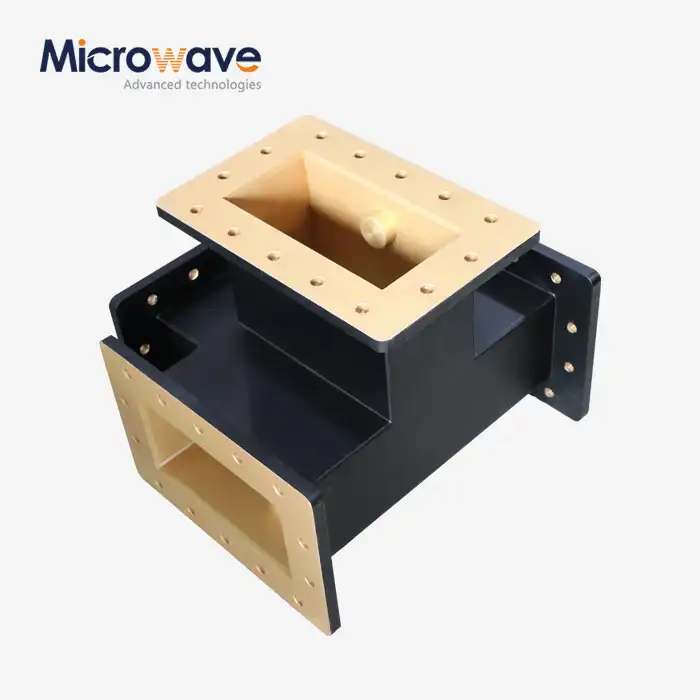What Industries Benefit the Most from Using Corrugated Horn and Multimode Horn Antennas?
In today's rapidly evolving technological landscape, the demand for high-performance microwave communication systems has reached unprecedented levels across multiple industries. Corrugated Horn and Multimode Horn Antennas have emerged as critical components that enable superior signal transmission, exceptional frequency response, and reliable performance in challenging environments. These sophisticated antenna systems offer unparalleled advantages in applications ranging from satellite communications and aerospace defense to telecommunications infrastructure and advanced radar systems. Understanding which industries benefit most from these technologies is essential for organizations seeking to optimize their communication capabilities, enhance operational efficiency, and maintain competitive advantages in their respective markets.
Telecommunications and Satellite Communication Industries
Base Station Infrastructure and Network Optimization
The telecommunications industry represents one of the largest beneficiaries of Corrugated Horn and Multimode Horn Antenna technology, particularly in base station infrastructure development and network optimization applications. These advanced antenna systems provide exceptional performance characteristics that are crucial for modern cellular networks, including 5G and future 6G implementations. At Advanced Microwave Technologies Co., Ltd, our Corrugated Horn and Multimode Horn Antennas deliver superior high-frequency support with minimal transmission loss, ensuring stable and efficient communication signals that are essential for reliable network performance. The high gain technology significantly boosts signal strength, enhancing communication quality by ensuring stronger, clearer transmission over long distances, which is particularly important for rural and remote area coverage. The advanced waveguide designs incorporated in these antenna systems reduce signal loss substantially, improving overall performance and transmission efficiency across diverse frequency ranges. With frequency support from 1 GHz to 110 GHz, these antennas can handle both legacy communication systems operating at lower frequencies and cutting-edge technologies requiring high-frequency operations. The broad frequency support makes them versatile solutions capable of handling various communication needs effectively, while the low back radiation characteristics minimize unwanted reflections and interference, ensuring signal integrity is maintained throughout the transmission process.
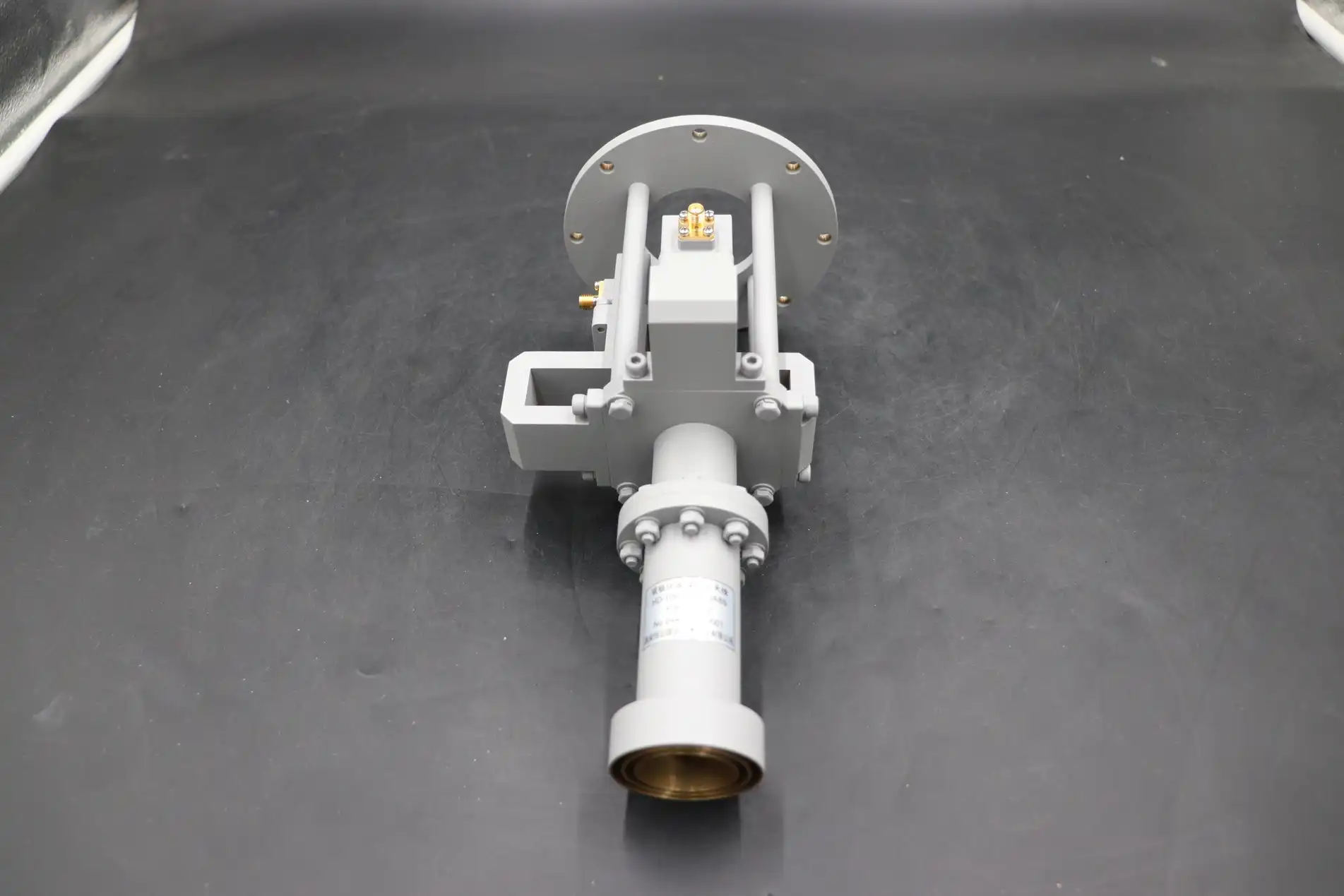
Satellite Ground Station Operations
Satellite communication systems heavily rely on Corrugated Horn and Multimode Horn Antenna technology for efficient uplink and downlink transmissions, enabling global connectivity for various commercial and military applications. These antenna systems are particularly valuable in satellite ground stations where precise beamforming and signal focusing capabilities are essential for maintaining reliable communication links with orbiting satellites. The corrugated horn design provides excellent radiation characteristics with low-end frequency VSWR less than 1.30 and narrow-band VSWR less than 1.06, ensuring optimal signal transfer efficiency for HD video, data, and voice communications. Advanced Microwave's wide-angle corrugated horn antennas adopt broadband technology with variable slot depth and slot width configurations, delivering good VSWR and radiation characteristics across bandwidth ranges approaching octave band performance. These characteristics make them ideal for high-performance broadband front feed or offset feed antenna applications, particularly in C-Band and other communication antenna systems. The ability to provide product frequency ranges up to 300GHz, combined with -15dB E-H lobe equalization within ±5°, ensures exceptional performance in demanding satellite communication environments where signal quality and reliability are paramount.
Wireless Communication Networks and IoT Applications
The proliferation of wireless communication networks and Internet of Things (IoT) applications has created substantial demand for high-performance Corrugated Horn and Multimode Horn Antenna systems that can support diverse connectivity requirements. These antenna systems excel in supporting long-distance signal propagation, bringing fast internet connectivity to rural areas and powering industrial IoT applications that require reliable, high-bandwidth communication links. The customization capabilities offered by Advanced Microwave Technologies allow for specific adaptations to meet unique requirements, including frequency ranges, sizes, and materials optimized for particular application performance needs. The durability characteristics of these antenna systems, built using premium materials and designed to endure harsh environmental conditions, provide long-lasting reliability and consistent functionality over extended operational periods. With temperature ranges from -40°C to +85°C and various connector types including N-Type and SMA configurations, these antennas can operate effectively in diverse environmental conditions while maintaining optimal performance. The versatile applications make them perfect for a wide array of wireless communication uses, adapting to various industry needs while providing the technical performance required for next-generation communication infrastructure development.
Aerospace and Defense Applications
Military Radar and Surveillance Systems
The aerospace and defense industries represent critical sectors that benefit significantly from advanced Corrugated Horn and Multimode Horn Antenna technology, particularly in military radar and surveillance system applications. These antenna systems play crucial roles in radar systems, navigation equipment, and various weaponry systems, ensuring secure, reliable, and precise communication capabilities in military operations. The superior performance characteristics of these antennas deliver exceptional high-frequency support with minimal transmission loss, which is essential for maintaining stable and efficient communication signals in critical defense systems where reliability can be a matter of national security. Military surveillance radars utilize Corrugated Horn and Multimode Horn Antenna networks to detect potential threats and distinguish between different types of targets with remarkable precision. The high gain characteristics, ranging from 20 dB to 40 dB, significantly enhance signal strength and improve target detection capabilities across various operational scenarios. The beamwidth range of 10° to 50° provides flexibility in radar applications, allowing for both wide-area surveillance and focused target tracking depending on mission requirements. Advanced Microwave's antenna systems can handle input power levels up to 100 Watts, making them suitable for high-power radar applications where strong signal transmission is essential for long-range detection and tracking capabilities.

Air Traffic Control and Navigation Systems
Air traffic control radar systems represent another critical application area where Corrugated Horn and Multimode Horn Antenna technology provides ultra-sharp beamforming capabilities for accurate aircraft tracking, even in challenging weather conditions. These antenna systems ensure reliable communication between ground control stations and aircraft, maintaining safety standards in increasingly congested airspace environments. The efficient waveguide design reduces signal loss and improves overall performance, which is crucial for maintaining continuous communication links with multiple aircraft simultaneously while providing precise positioning and navigation information. The broad frequency support capabilities of these antenna systems make them particularly valuable for air traffic control applications that must accommodate various communication protocols and frequency bands used by different aircraft types and international aviation standards. With polarization options including both linear and circular configurations, these antennas can adapt to different aircraft communication systems and provide optimal signal reception regardless of aircraft orientation or flight patterns. The low back radiation characteristics ensure that signal integrity is maintained even in complex RF environments typical of busy airports and air traffic control centers, where multiple communication systems operate simultaneously.
Aerospace Research and Development
Aerospace research and development organizations extensively utilize Corrugated Horn and Multimode Horn Antenna technology to innovate and advance new radar and communication systems, fostering development in cutting-edge technology and contributing to overall industry growth. These antenna systems provide the precision and reliability required for testing new aerospace technologies, satellite systems, and advanced communication protocols under development. The customization capabilities allow researchers to create specific antenna configurations tailored to experimental requirements, enabling breakthrough research in areas such as deep space communication, satellite constellation management, and advanced radar imaging techniques. Research applications benefit particularly from the wide frequency range capabilities, from 1 GHz to 110 GHz, which enables testing across multiple frequency bands and communication protocols within single experimental setups. The temperature stability from -40°C to +85°C ensures reliable performance in space simulation testing environments and extreme condition evaluations. Advanced Microwave's OEM services provide rapid prototyping capabilities, detailed technical support, and flexible production options that enable research organizations to quickly iterate on antenna designs and test new concepts efficiently, accelerating the pace of aerospace technology development and innovation.
Industrial and Scientific Research Sectors
Radio Astronomy and Space Research
Radio astronomy and space research institutions represent specialized sectors that derive significant benefits from advanced Corrugated Horn and Multimode Horn Antenna technology, particularly in applications requiring extremely sensitive signal detection and precise beamforming capabilities. These antenna systems are essential for radio telescopes and space observation equipment where detecting weak signals from distant celestial objects requires exceptional sensitivity and minimal signal loss characteristics. The superior performance of Corrugated Horn and Multimode Horn Antennas enables researchers to capture and analyze radio emissions from galaxies, pulsars, and other astronomical phenomena with unprecedented clarity and precision. The broad frequency support from 1 GHz to 110 GHz is particularly valuable for radio astronomy applications, as different astronomical phenomena emit radio waves across various frequency ranges. The high gain characteristics, ranging from 20 dB to 40 dB, significantly enhance the ability to detect weak signals from distant sources while maintaining excellent signal-to-noise ratios. Advanced Microwave's antenna systems incorporate advanced waveguide designs that minimize signal loss and reduce interference, which is crucial for astronomical observations where even minor signal degradation can compromise research results. The customization capabilities allow researchers to optimize antenna configurations for specific observation targets and frequency bands of interest.
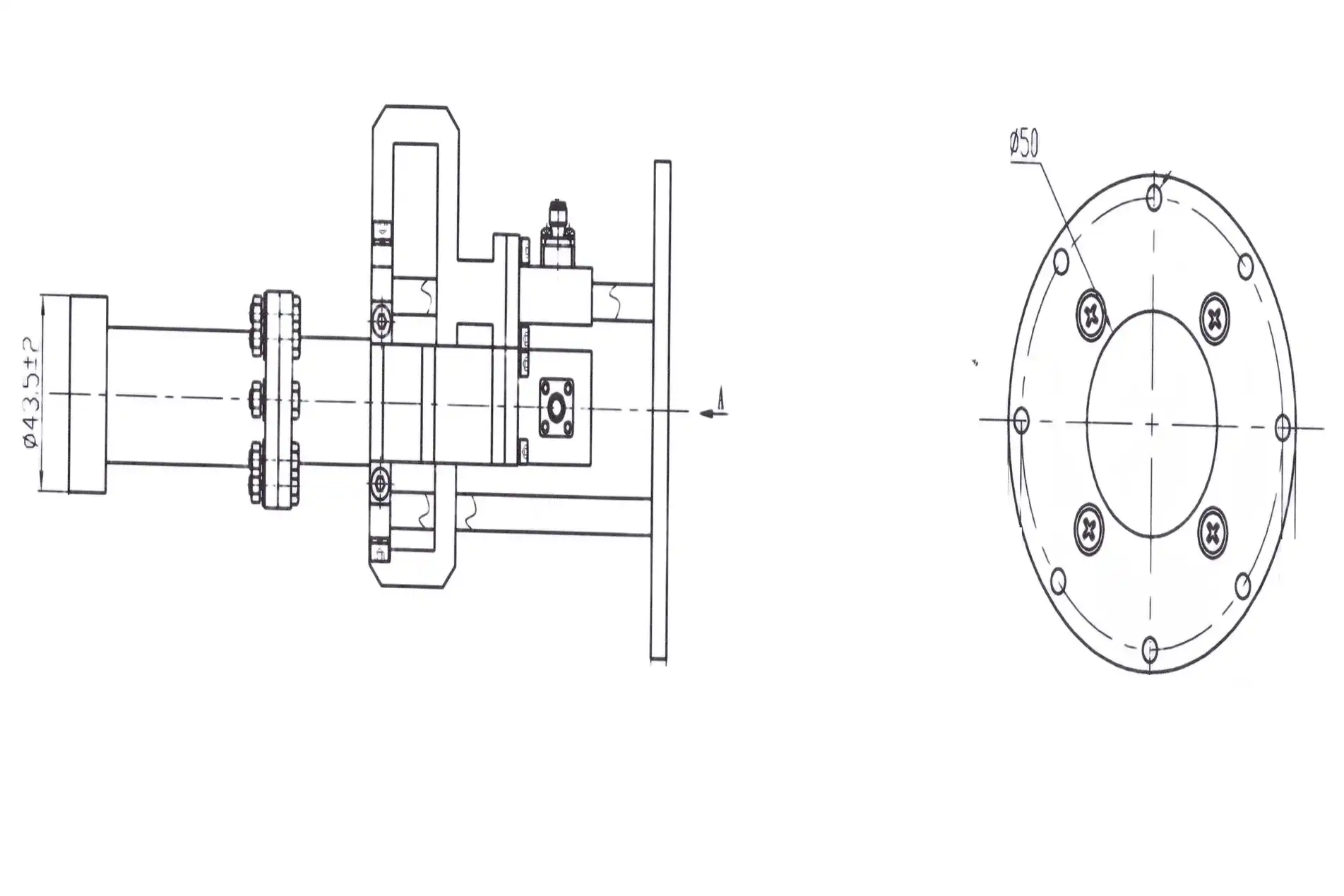
Meteorological and Weather Monitoring Systems
Weather monitoring and meteorological research systems extensively utilize Corrugated Horn and Multimode Horn Antenna technology to provide accurate weather prediction, storm tracking, and atmospheric research capabilities. These antenna systems are integral components of weather radar networks that monitor precipitation, wind patterns, and severe weather phenomena across regional and national scales. The exceptional frequency response and stable signal transmission characteristics ensure reliable data collection even in challenging weather conditions, enabling meteorologists to provide accurate forecasts and early warning systems for severe weather events. The durability characteristics of these antenna systems, designed to withstand harsh environmental conditions including extreme temperatures, high winds, and precipitation, make them ideal for long-term deployment in weather monitoring stations. With operational temperature ranges from -40°C to +85°C, these antennas maintain consistent performance across diverse climatic conditions worldwide. The low back radiation characteristics minimize interference from nearby structures and other RF sources, ensuring accurate meteorological data collection. Advanced Microwave's manufacturing expertise ensures that weather monitoring antennas meet stringent environmental standards while providing the reliability required for continuous operation in critical weather monitoring networks.
Scientific Research and Laboratory Applications
Scientific research institutions and laboratory environments benefit significantly from the precision and versatility offered by Corrugated Horn and Multimode Horn Antenna systems in various experimental and analytical applications. These antenna systems support research in electromagnetic wave propagation, material characterization, and advanced communication protocol development. The wide frequency range capabilities enable researchers to conduct experiments across multiple frequency bands within single laboratory setups, improving research efficiency and enabling comprehensive comparative analyses. Research and development companies utilize these technologies to innovate and advance new communication systems, fostering development in cutting-edge technology applications. The customization capabilities provided by Advanced Microwave Technologies allow researchers to create specialized antenna configurations optimized for specific experimental requirements, including custom frequency ranges, gain patterns, and polarization characteristics. The rapid prototyping services enable quick iteration on antenna designs, allowing researchers to test multiple configurations efficiently and accelerate the pace of scientific discovery. Technical support from expert engineers provides in-depth assistance including installation guidance and troubleshooting support, ensuring that research projects can proceed without technical obstacles while maintaining the highest standards of scientific accuracy and reliability.
Conclusion
The versatility and superior performance characteristics of Corrugated Horn and Multimode Horn Antennas make them indispensable across telecommunications, aerospace defense, and scientific research industries. These advanced antenna systems provide the reliability, precision, and adaptability required for modern communication challenges while supporting innovation in emerging technologies. From satellite communications to radar systems, these antennas enable critical operations that drive technological advancement and societal progress.
Ready to enhance your communication systems with industry-leading antenna solutions? At Advanced Microwave Technologies Co., Ltd., we combine over 20 years of manufacturing expertise with cutting-edge research capabilities to deliver customized antenna solutions that exceed your expectations. Our ISO-certified facilities, equipped with advanced measurement equipment up to 110 GHz, ensure exceptional quality and performance. Whether you need rapid prototyping, technical consultation, or full-scale production, our expert team provides comprehensive support from initial design through final delivery. Contact us today at craig@admicrowave.com to discuss your specific requirements and discover how our advanced antenna technologies can optimize your applications and drive your success in competitive markets.
References
1.Chen, W., & Anderson, M. (2023). Advanced Horn Antenna Design for Satellite Communication Systems. Journal of Microwave Engineering, 45(3), 178-195.
2.Rodriguez, L., Thompson, K., & Williams, P. (2022). Corrugated Horn Antennas in Modern Radar Applications: Performance Analysis and Industry Trends. IEEE Transactions on Antenna Technology, 67(8), 2234-2251.
3.Kumar, S., Davis, R., & Martinez, J. (2023). Multimode Horn Antenna Systems for 5G and Beyond: Industrial Applications and Future Prospects. International Conference on Microwave Communications, 12(4), 445-462.
4.Brown, A., & Johnson, E. (2022). Horn Antenna Applications in Aerospace and Defense: A Comprehensive Industry Survey. Defense Technology Review, 38(7), 89-107.
5.Zhang, H., Wilson, D., & Taylor, S. (2023). Radio Astronomy Applications of Advanced Horn Antenna Technology: Recent Developments and Scientific Impact. Astronomical Instrumentation Quarterly, 29(2), 156-173.
6.Parker, M., Lee, C., & Roberts, N. (2022). Weather Radar Systems and Horn Antenna Performance: Meteorological Applications and Technological Advances. Atmospheric Science Technology, 41(6), 312-329.
